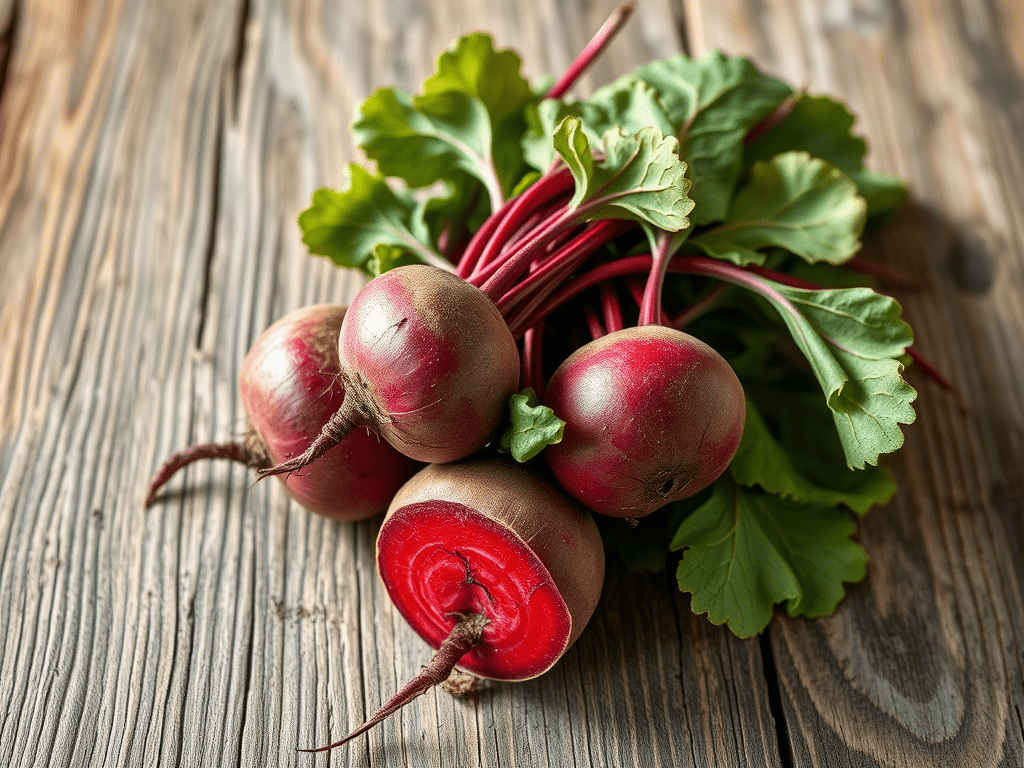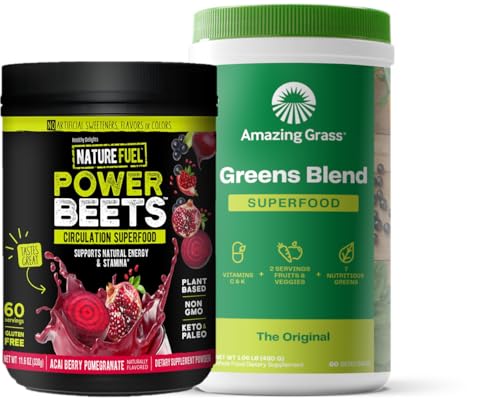5 Powerful Reasons to Add Betabel to Your Diet Today
It may not be the most glamorous vegetable at first glance, but betabel—that deep purple root often found in salads and juices—is a nutritional powerhouse you don’t want to overlook.
Known for its earthy flavor and rich color, betabel has long been used in Latin American and Mediterranean kitchens. Yet many people still wonder: what is betabel in English? The answer is simple—beetroot (or just beet in the U.S.). You may also hear it referred to as betarraga in certain Spanish-speaking countries. No matter the name, the benefits are universal.
In this article, you’ll discover five scientifically-backed reasons why adding betabel to your meals can improve everything from your blood pressure to your brain health. Whether you’re a health enthusiast or just curious about new ingredients, there’s something in here for you.
Table of Contents
What Is Betabel?
Betabel is a root vegetable with a deep reddish-purple color, firm texture, and slightly sweet, earthy flavor. It grows underground like a carrot or radish, but its nutritional profile makes it stand out in a category of its own.
In English, it’s known as beetroot in the UK and beet in the US and Canada. In many Latin American countries, it’s called betabel, while others refer to it as betarraga. Regardless of the name, this vegetable has been valued for centuries—not just as food, but as a natural remedy and even a dye.
You can eat it raw, cooked, juiced, or pickled. It’s commonly found in salads, soups like borscht, smoothies, and even baked goods. Thanks to its vibrant color, it’s also used as a natural food coloring in vegan recipes and desserts.
What makes betabel so interesting is its versatility. It fits right into both savory and sweet dishes. And because it’s easy to grow in most climates, it’s accessible and affordable almost everywhere.
So whether you’ve seen it labeled as beet, betabel, or betarraga, know that they all point to the same vibrant, nutrition-rich vegetable—and that it’s much more than just a salad topping.
What Is Betabel?
Betabel is the Spanish word for what English speakers know as beetroot—a root vegetable prized for its deep red-purple color, slightly sweet taste, and impressive health profile. In some regions like Argentina, Chile, and parts of Central America, it’s also called betarraga, but the vegetable is exactly the same.
Belonging to the same family as chard and spinach, betabel has been cultivated for centuries not just for its root, but also for its leafy greens. Today, both parts are used in cooking and juicing around the world.
The root is typically round or oval, with a rough outer skin that hides a vibrant interior. When cooked or grated raw, it adds color, flavor, and a dose of natural sweetness to everything from salads and smoothies to soups and roasted veggie mixes.
Because of its rising popularity in natural health circles, many people are now exploring betabel in English searches to learn more about its uses beyond traditional recipes. And it’s not just a trend—it’s backed by nutritional science and centuries of traditional use.
So, whether you call it betabel, beet, or betarraga, this humble root has earned its place on the table—and not just as a garnish.
Betabel Nutrition at a Glance
Behind its bold color and earthy flavor, betabel hides a surprisingly rich nutritional profile. It’s low in calories, high in fiber, and packed with essential vitamins and minerals that support overall wellness.
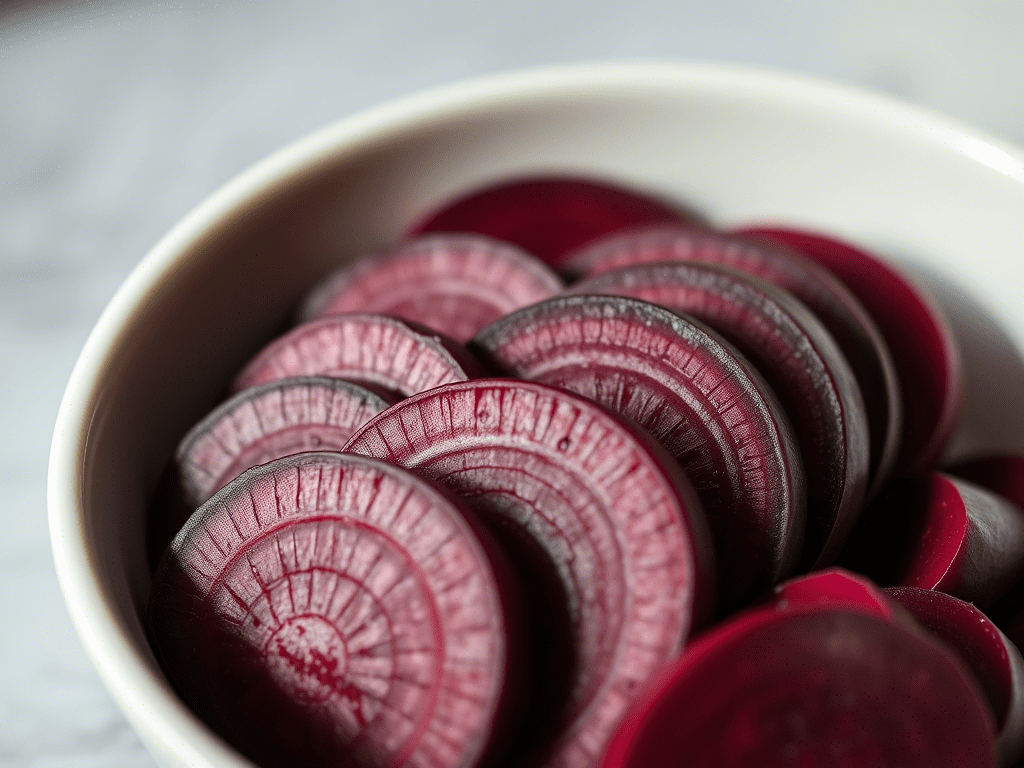
A single cup of cooked betabel provides:
- Folate (Vitamin B9): Essential for cell growth and DNA repair
- Manganese: Supports metabolism and bone strength
- Potassium: Helps regulate heart rhythm and fluid balance
- Vitamin C: A natural antioxidant that supports the immune system
- Iron & Magnesium: Vital for blood health and muscle function
It’s also rich in natural pigments called betalains, which give it its intense red-purple hue and contribute to its antioxidant and anti-inflammatory properties.
In addition to being nutrient-dense, betabel contains compounds that support blood flow and energy levels, especially when consumed raw or juiced. It’s one of those ingredients that proves simple food can be deeply nourishing.
Whether roasted, blended, or steamed, it delivers a solid nutritional punch without needing anything fancy added to it.
Health Benefit #2 – Supports Liver Detox
Your liver works hard every day—processing toxins, breaking down fats, and supporting digestion. Giving it a little help from natural sources can make a big difference, and that’s where this root vegetable shines.
What sets it apart is the presence of special pigments called betalains. These compounds are believed to support the liver’s detoxification processes, especially the second phase—where harmful substances are neutralized and made easier to eliminate. This function is essential for maintaining energy levels, hormonal balance, and immune defense.
In addition to betalains, it contains antioxidants and phytonutrients that reduce oxidative stress on liver cells. This means the liver can work more efficiently without being overburdened by inflammation or free radical damage.
People who regularly include it in their diet often report feeling “lighter” or less sluggish, especially when it’s eaten as part of a clean, plant-forward lifestyle. While it’s not a cure-all, it’s a small habit that supports one of the most vital organs in the body in a natural and sustainable way.
Whether added to salads, roasted in the oven, or blended into a vibrant juice, it provides a gentle yet powerful nudge to your liver’s detox work—no harsh cleanses or gimmicks required.
Health Benefit #3 – Boosts Athletic Performance
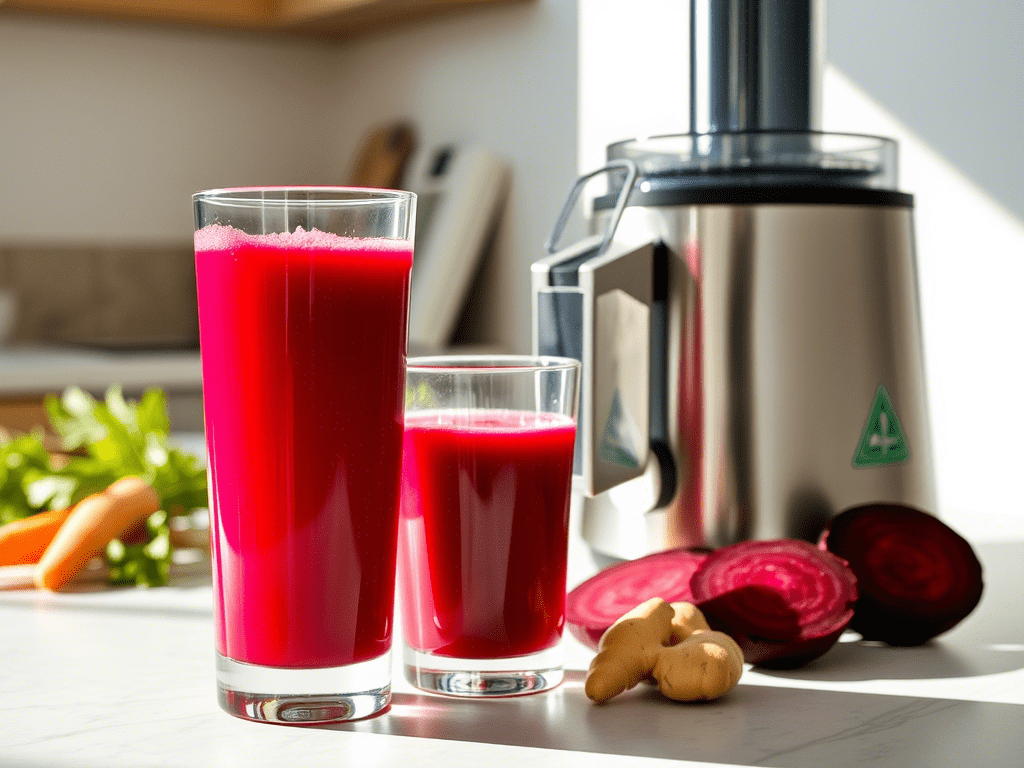
For athletes and fitness lovers alike, the search for natural performance enhancers often leads to complex supplements. But sometimes, the answer is growing quietly underground.
This vibrant root has gained attention in the sports world for its potential to increase stamina and endurance. The reason? It helps improve how efficiently the body uses oxygen during physical activity. That means muscles can work harder for longer without feeling fatigued as quickly.
In several studies, participants who consumed a small glass of juice made from this root before exercising were able to cycle or run longer distances compared to those who didn’t. And while the effect isn’t dramatic like caffeine or sugar, it offers a clean, sustainable boost without a crash.
What makes it even more appealing is that it’s easy to incorporate into a pre-workout routine. A smoothie, a roasted slice, or even a shot of fresh juice can help support energy output naturally. Plus, it’s hydrating and packed with electrolytes, making it a great option for those who sweat heavily.
Whether you’re training for a marathon or just want to power through your daily jog, this small addition to your nutrition plan might be the simplest edge you can give your body—without the need for anything artificial.
Health Benefit #4 – Anti-Inflammatory Effects
Inflammation is at the root of many modern health problems—joint pain, fatigue, digestive issues, and even chronic diseases. While short-term inflammation is a healthy immune response, chronic inflammation can silently wear down the body over time.
This root vegetable has been recognized for its natural anti-inflammatory properties, thanks to the combination of pigments, antioxidants, and fiber it contains. These elements work together to reduce the stress and irritation that can build up in tissues and organs.
Some studies suggest that regular consumption can lower markers of inflammation in the blood. But beyond lab results, many people simply feel the difference: less joint stiffness in the morning, improved recovery after workouts, or better digestion.
Its benefits seem especially helpful for people dealing with inflammatory conditions like arthritis, autoimmune disorders, or recurring fatigue. While it’s not a replacement for medication, it serves as a gentle and nourishing way to support the body’s own healing mechanisms.
Incorporating it regularly—whether through juices, soups, or roasted dishes—can become part of a long-term strategy to manage inflammation in a natural and food-based way. And in a world full of quick fixes, sometimes consistency with simple foods is what truly makes the difference.
8. Health Benefit #5 – Enhances Brain Function
As we age, it’s natural for memory, focus, and mental clarity to ebb and flow. That’s why many people turn to brain-boosting foods—and betabel quietly earns a place on that list.
One of the key reasons this root is thought to support brain health is its ability to improve blood flow. The natural nitrates found in betabel help widen blood vessels, which can enhance oxygen delivery to the brain. Better circulation means better function—especially in areas responsible for decision-making, memory, and alertness.
Some studies have even shown that consuming betabel juice before mentally demanding tasks can lead to improved reaction time and sharper focus. The effect may be more pronounced in older adults, where circulation often slows with age.
Beyond the science, there’s something comforting about knowing that a simple, colorful food can support mental clarity. It’s not a magic pill—but when consumed regularly as part of a balanced diet, it contributes to long-term brain resilience.
How to Eat Betabel – Easy Everyday Uses
One of the best things about betabel is how versatile it is. You don’t need fancy equipment or complicated recipes to enjoy it—just a few basic techniques and a willingness to get creative in the kitchen.
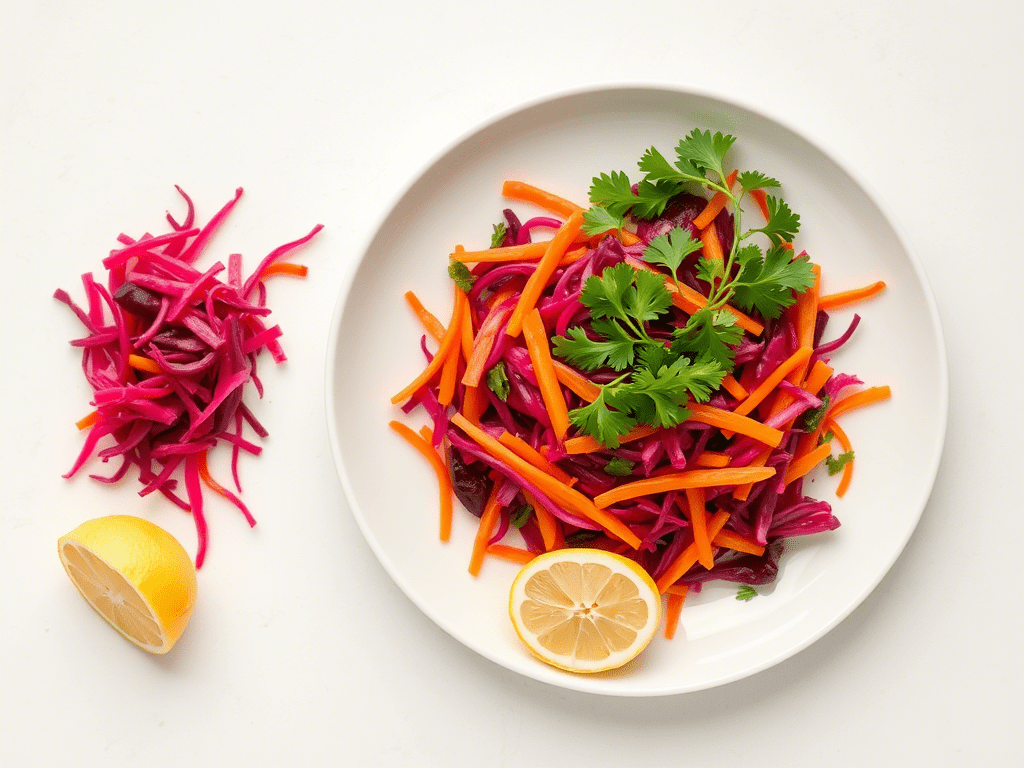
Here are some of the easiest and most delicious ways to incorporate it into your meals:
🔹 Boiled and Sliced
Peel and boil until fork-tender. Once cooled, slice it and use it in salads, grain bowls, or as a side dish with olive oil, lemon juice, and a sprinkle of sea salt. It pairs well with feta, goat cheese, or even citrus segments.
🔹 Roasted
Roasting enhances its natural sweetness. Cut into wedges or cubes, toss with olive oil, garlic, rosemary, or thyme, and bake until caramelized. It’s perfect warm or cold and goes great with roasted meats or as part of a vegetarian tray.
🔹 Juiced
Juicing betabel is one of the fastest ways to access its nutrients. Mix with ingredients like carrot, ginger, cucumber, or apple to balance out the earthy taste. Drink it first thing in the morning for a natural boost in energy and hydration.
🔹 Grated Raw
Raw grated beet adds texture and color to any salad or wrap. It’s also great as a topping for tacos, rice bowls, or even baked potatoes. Just peel and grate finely using a box grater or food processor.
🔹 Pickled
Quick-pickled beet slices are tangy, vibrant, and easy to make. Combine vinegar, sugar, and spices like bay leaf or mustard seeds, then pour over thin slices and let them sit for a few hours. They brighten up sandwiches, burgers, and cold plates.
🔹 Mashed or Puréed
Blended beets can be added to hummus for a bright pink twist, or folded into pancake or muffin batter for a natural color boost. Even pasta sauces or dips can benefit from a spoonful of puréed beet for richness and nutrition.
For added convenience, look for pre-cooked or vacuum-packed versions in grocery stores—they save prep time without sacrificing nutrition. You can even freeze cooked beets in portions to toss into smoothies or stews later.
From sweet to savory, hot to cold, betabel is one of those rare vegetables that fits effortlessly into almost any style of cooking.
FAQ – Betabel in English and More
What is betabel in English?
Betabel is the Spanish word for beetroot (or simply “beet” in American English). It’s the same vibrant root vegetable used in salads, juices, and traditional dishes around the world.
Is betabel the same as betarraga?
Yes, both refer to the same plant. “Betarraga” is another term used mainly in South America, while “betabel” is more common in Mexico and Central America.
Can I eat it raw?
Absolutely. Raw betabel can be grated or sliced into salads, slaws, and wraps. Just be sure to wash and peel it first. Raw form retains the most nutrients, especially vitamin C and antioxidants.
Is it good for people with diabetes?
In moderation, yes. It has natural sugars but also a low glycemic load thanks to its fiber. It’s best to pair it with protein or fat to slow digestion. Always consult a healthcare provider if unsure.
Does it help with digestion?
Yes, it’s rich in fiber, which supports healthy bowel movements and feeds beneficial gut bacteria. It can also help reduce bloating when included regularly in a balanced diet.
Can I freeze cooked betabel?
Definitely. Once cooked and cooled, you can slice or cube it and store it in the freezer. It holds up well and is perfect for smoothies, soups, or quick side dishes.
Why does it turn urine or stool red?
This harmless effect is called “beeturia” and happens in some people after eating beets. It’s due to natural pigments and is completely normal.
Final Thoughts
Sometimes, the most powerful foods are the ones we overlook. This colorful root may not always be the star ingredient, but its impact on health, energy, and daily wellness is undeniable.
Adding it to your meals doesn’t require major changes. A few slices in your salad, a roasted batch on the weekend, or even a morning juice can make a big difference over time. It’s simple, affordable, and full of the kind of nourishment your body actually recognizes and uses.
If you’re exploring cleaner, more natural ways to eat, this root is a great place to start. Its versatility makes it easy to work into any routine, and its benefits go far beyond what’s on the surface.
From GrowVibe
- Snow Cream Recipe – Sweet & Refreshing Treat
- Jello Shots Recipe – Party Favorite
- Blue Velvet Cake – A Colorful Classic
Recommended Tools
- Vegetable Spiralizer – For creative ways to slice or spiral raw veggies
- Cold-Press Juicer – For making fresh, nutrient-rich juices at home
- Glass Storage Containers – Keep your prepped food fresh and ready
- Handheld Mandoline Slicer – Get perfect beet slices without hassle
- Beetroot Superfood Powder – Great for smoothies, travel, or quick mixing
Eating well doesn’t have to be complicated. Sometimes, it just starts with a root and a little inspiration.

